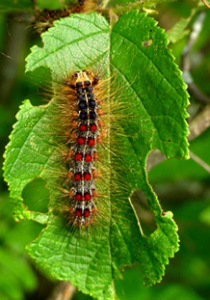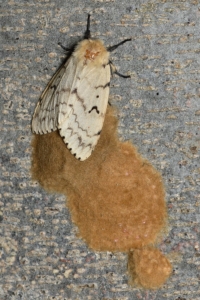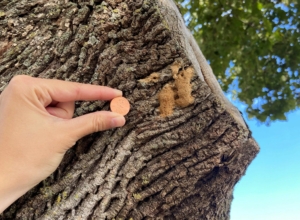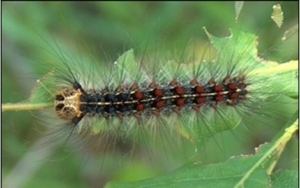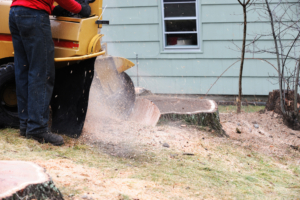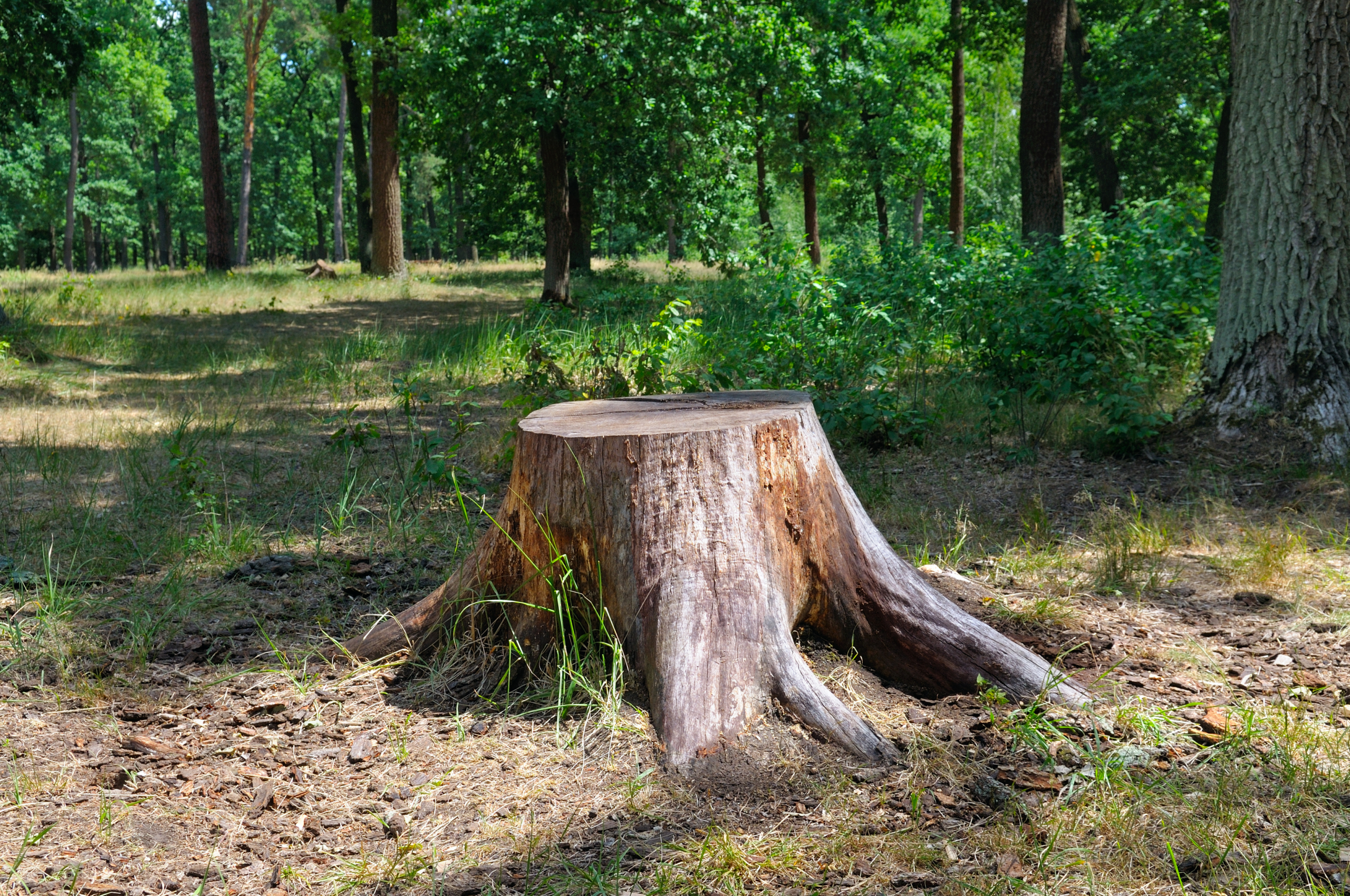Protect Your Trees & Shrubs From Winter Damage
Protect your trees and shrubs against winter damage! You’ve invested in your trees and shrubs and with a little effort now, you can make sure they survive our harsh Wisconsin winters. It is important to guard against both creatures as well as the elements.
Deer – Deer have already started rubbing against trees, which means it’s time to give them some protection. We recommend using hardware cloth or tree wrap. Be sure to use something that will not trap heat or moisture against the trunk of the tree. Wrapping the tree up to the lower branches is effective in most cases.
Rabbits/Rodents – The best protection is to cage small tree or shrub with hardware cloth. Hardware cloth is more rigid and has smaller holes than chicken wire, so we find it to be a better option. Burying the hardware cloth 2” – 3” below the soil is important. Little critters can easily squeeze under anything that is simply resting on top of the soil.

General Winter Damage – Place stakes around arborvitae, evergreens, and boxwoods, then wrap burlap around the stakes, leaving the top open for ventilation. It is important to allow for air movement around the foliage and to allow heat to escape. It’s not the actual cold temperatures that hurt them, but the drying winds. If you have your plant wrapped tightly heat and moisture will build up on the inside. If the wrap stays on and we get warm weather, you create a little oven in there and it can cook your plants. In addition, you may find fungal problems on tightly wrapped boxwood if the wrap is left on during warmer temperatures.
PRO TIP! one of the BEST ways to protect your evergreens is to keep them well watered until the ground is frozen. Evergreens do not go dormant and they need all the moisture reserves they can get built up before the ground freezes. If your evergreens go into winter dry, they are much more likely to get winter burn or even die over the winter.
Our aborists are experts at ensuring your trees have long, healthy lives. Get in touch today to schedule an appointment to talk about your tree service needs.

